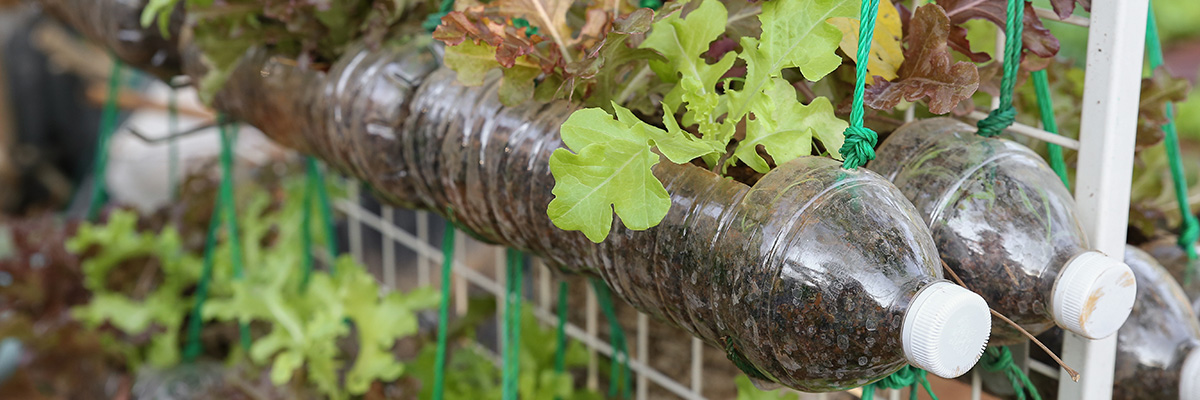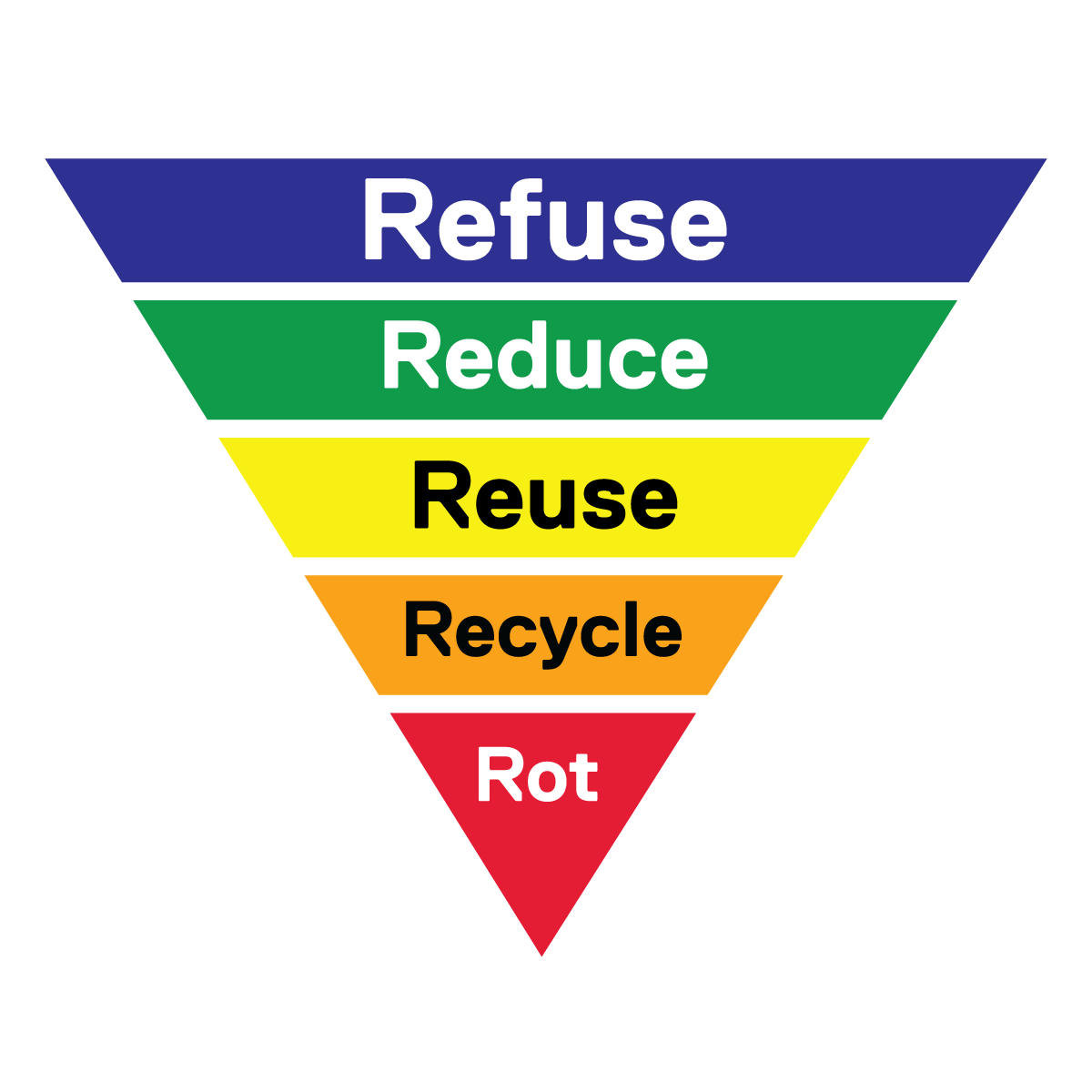Reuse & Repurposing

Reusing or repurposing items is a critical component of Toronto Metropolitan University’s waste reduction strategy, helping to minimize reliance on disposable products and virgin materials. To support this, we have implemented procedures that focus on reducing the use of disposables and fostering a zero-waste culture.
Resource recovery at TMU — We can reuse it!
Toronto Metropolitan University is focused on operating an efficient campus that prioritizes reuse and minimizes the amount of waste we produce. As part of Toronto Metropolitan University’s waste reduction goals, several initiatives have been launched to help divert materials from waste streams, disrupt throwaway culture and reintroduce unwanted items into service through reuse or repurposing.
For items that cannot be reused or repurposed, please use our recycling and compost streams across campus. You can find out more about our Waste and Recycling programs.
The Hierarchy of the Five Rs of Waste Diversion

The Three Rs — “Reduce, Reuse and Recycle” — were the inspiration for the Mobius Loop logo that is familiar globally as the symbol of recycling. The phrase with the Three Rs targeted the post-WWII period that saw the development of superior plastics, the growth of single-use packaging and disposable products and marketing that encouraged a throwaway culture.
Despite the phrase’s popularity, the negative impacts of waste have reached a critical tipping point and a new hierarchy of waste management was introduced to encourage us all — both individually and institutionally — to rethink their roles and responsibilities in waste production and waste diversion.
We now have Five Rs that are often presented in an upside down triangle from most effective to least effective.

- Refuse: Avoid single-use products and items made from harmful materials — source responsibly.
- Reduce: Find ways to use less and make efficient use of materials and energy. E.g. print double-sided to save paper, buy items in bulk to reduce the amount of packaging that would otherwise be needed for multiple single items.
- Reuse/Repurpose: Repair rather than replace damaged goods, invest in reusable items (e.g. cloth hand towels, travel mug) and up-cycle items when they reach the end of their lifecycle by using them to make something new.
- Recycle: If the first four options cannot be achieved, then recycle. Some materials like metal and glass can be recycled an infinite number of times, but other materials — like plastics — cannot.
- Rot (compost): Organic materials don’t break down efficiently in the non-aerated environments of landfill. Composting allows organic materials to be consumed by microorganisms and converted into nutrient-rich soils or fertilizers.
Questions or concerns?
If you have any questions, concerns or suggestions, please contact Sharmilla Raj, sustainability manager, at sustainability@torontomu.ca.